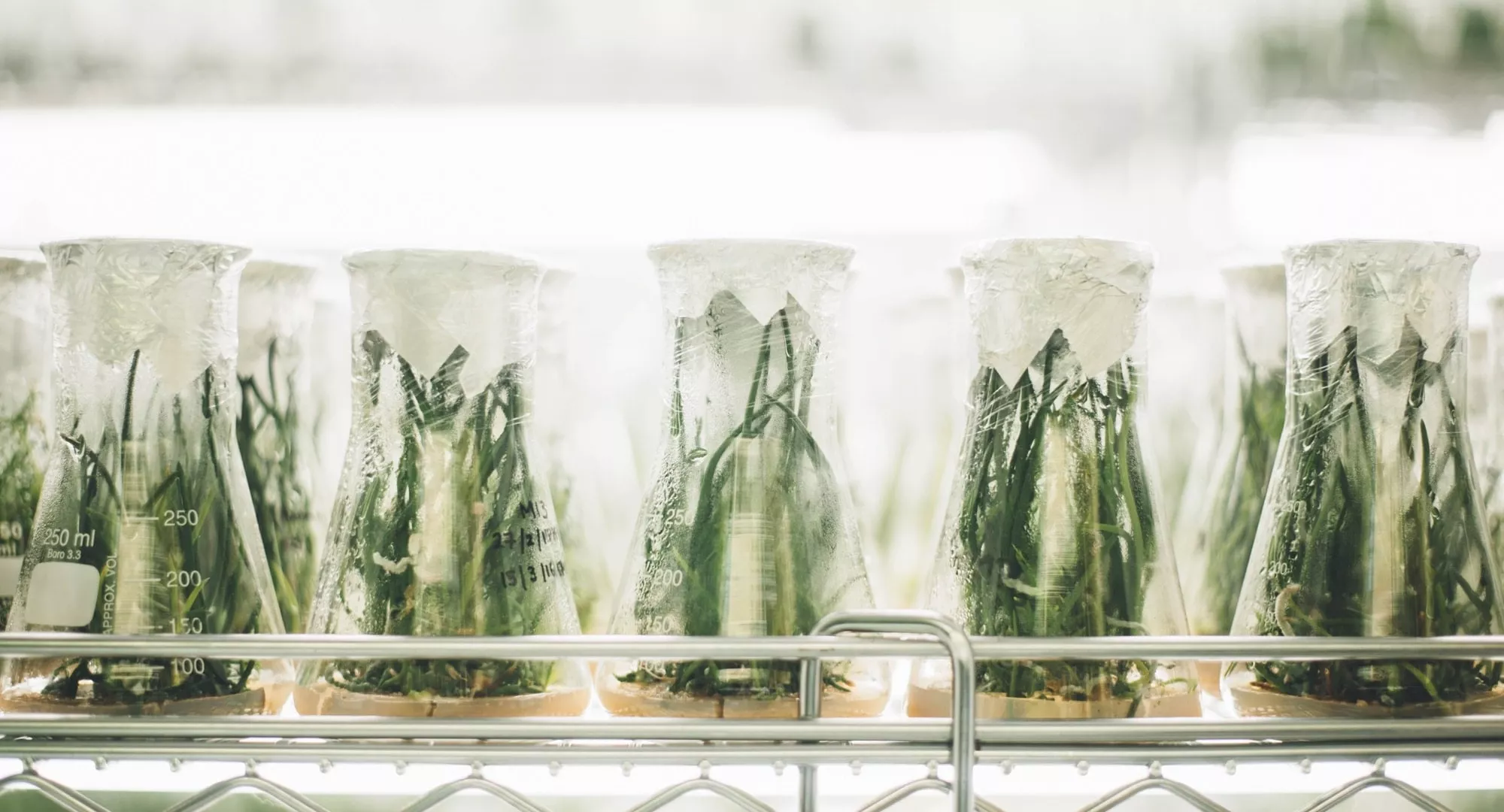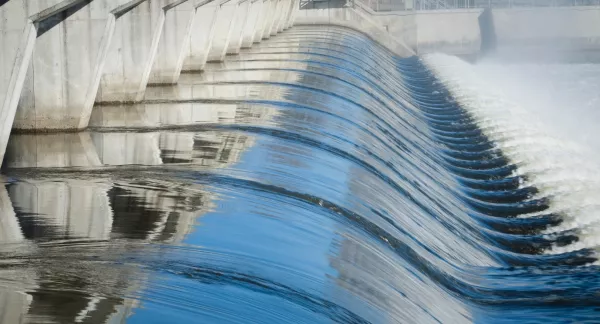
The Bioavailable Phosphorus (BAP) Fraction in Effluent from Advanced Secondary and Tertiary Treatment
Abstract
Excessive amounts of phosphorus (P) in receiving waters can cause environmental problems such as harmful algal blooms, hypoxia, and fish kills resulting from biomass decay, if not controlled. This is because P is one of the two key macro-nutrients (the other being nitrogen) that algae need to grow, primarily in inland waters. Wastewater treatment plants located inland are increasingly being required to reduce the amount of P (and N) in their treated effluent – often below current detection/measurement levels – using significant amounts of energy and chemicals with very little understanding of whether the various fractions of P are readily bioavailable for algae growth. This study investigated the current analytical methods, speciation of P in different wastewater treatment processes, and the influence/effect of various molecular forms of P on algae growth. Published by WERF. 100 pages. Online PDF. (2015)
Originally funded as WERF project NUTR1R06m.
